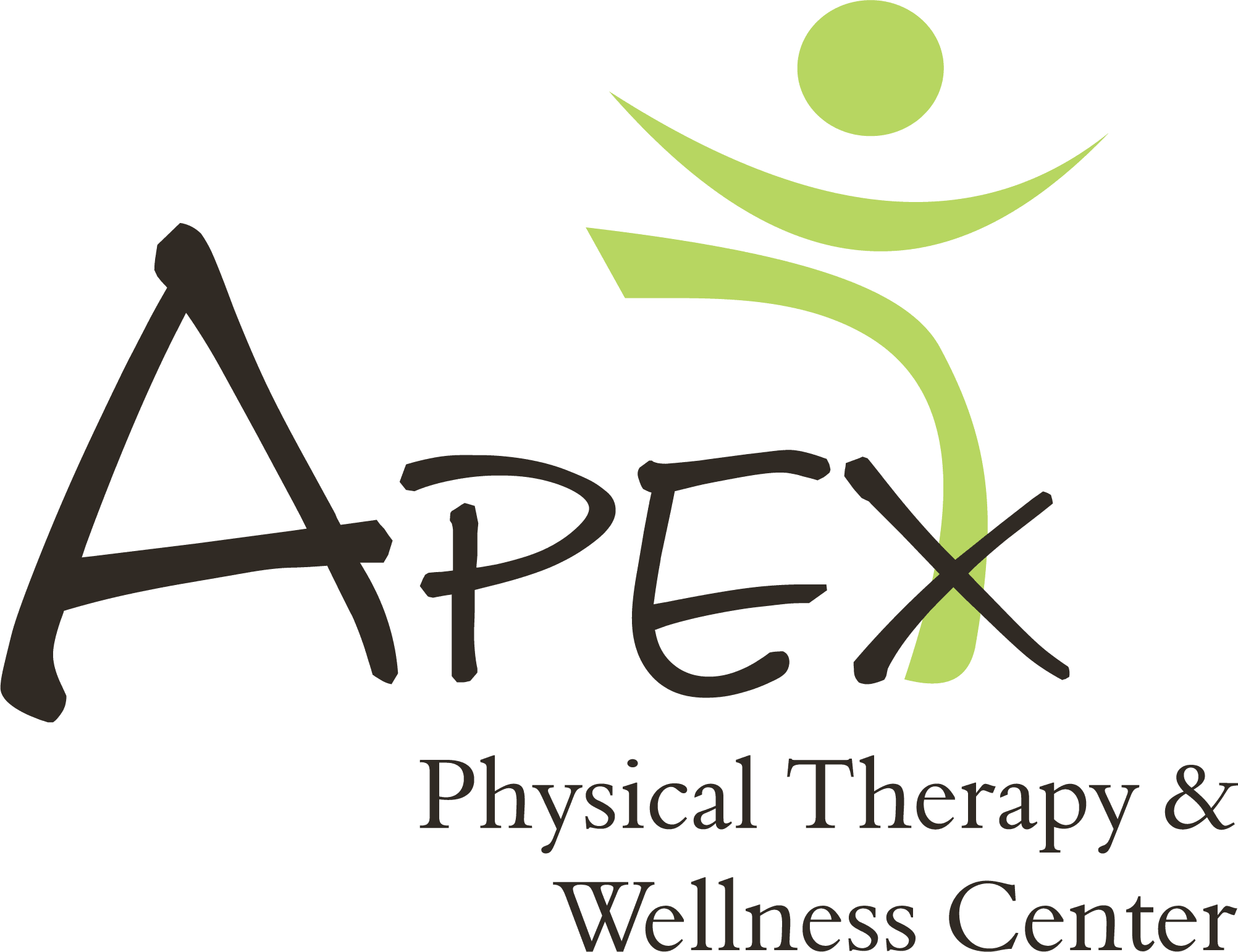Apex Physical Therapy & Wellness is a one-stop destination for all your therapy needs. With a wide range of therapies offered, you can be sure to find the perfect solution for your specific condition.
The Orthopedic & Sports Physical Therapy team at Apex are experts in muscle Pain, joint aches, surgery recovery, concussion management, jaw pain, or any other condition that affects the human body’s ability to move with ease. Whether you’re a high performance athlete or an athlete of daily life, our unique blend of hands-on treatment techniques, state of the art technology, and smart exercise planning will help to reach your goals.
The Pelvic Physical Therapy Team at Apex will impress you with their knowledge and skill, but they will amaze you with how easy they are to share our story with. From incontinence to pelvic pain in males or females, pregnancy/postpartum to bedwetting, painful periods to menopause, and pelvic and breast cancer recovery, our team is highly trained to improve your quality of life.
Our team of talented and highly trained Neurological Therapists have a deep appreciation for the unique connection between our brain and nervous system to perform movement. If you are suffering from concussions, vertigo, Traumatic Brain Injury, migraines, Parkinson’s Disease, or any other balance issue, our teams unique approach will get you back to a healthy, active lifestyle.
You “look fine” so what do you mean you’re in pain? Across the United States of America, over 51 million people suffer from chronic pain. The customized approach by the team of Chronic Pain Specialists at Apex blends holistic care, hands-on techniques, diet & exercise, and Pain Neuroscience Education (PNE) help all types of chronic pain improve their pain and find meaningful ways to move.
If you’re not exactly a “spring chicken” anymore, but you still enjoy being active, the older adult medicine program at Apex is just for you. Whether you’re looking to build up your bone density, improve your balance or walking, or manage your arthritis, you’ll love the friendly, energetic, and inviting atmosphere at Apex while you work to return the spring to your step with a smile on your face.
If you’re experiencing issues with any muscle, bone, joint, nerve, movement, digestive, urinary, or any other system in your body, Apex may be able to help you. We are a physical medicine destination striving to leave a smile on your face and a love for movement in your heart.
